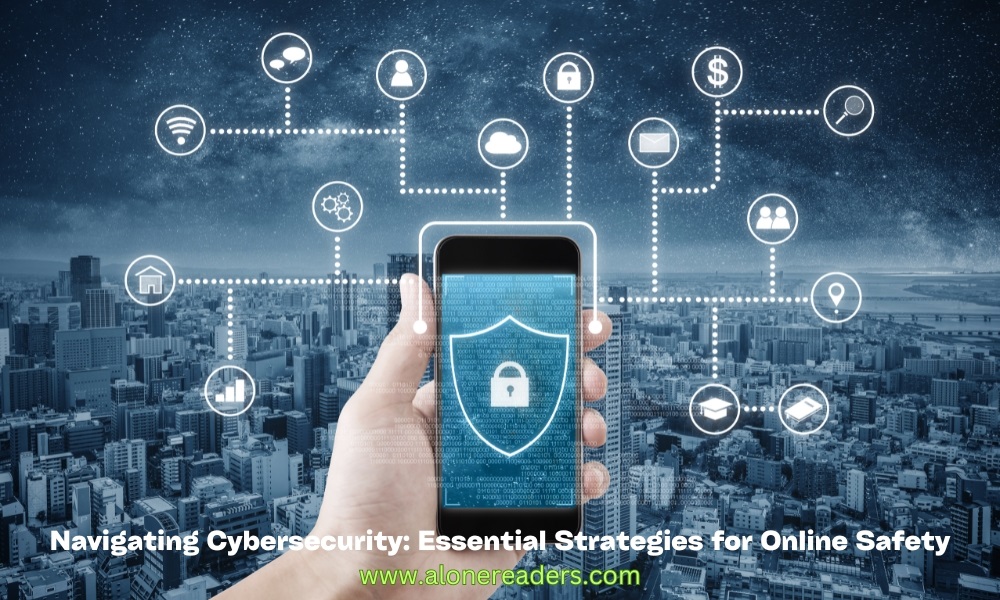
In the digital era, where our lives are intricately interwoven with the internet, understanding and implementing robust cybersecurity measures is not just a necessity, it's imperative. From personal data to professional assets, the virtual world is laden with risks that can compromise your privacy and security. This article delves into the crucial aspects of cybersecurity, offering practical strategies to safeguard your digital presence.
Before we can defend against them, it’s vital to understand the types of cybersecurity threats prevalent in the digital landscape. Malware, phishing, social engineering, and ransomware are among the most common. Each of these can lead to significant data loss, financial damage, and privacy violations.
Malware: The Hidden Menace
Malware, or malicious software, encompasses various forms of harmful software designed to infiltrate or damage a computer system without the user's consent. It includes viruses, worms, trojan horses, and spyware. Keeping your software updated, using robust antivirus programs, and being cautious about downloads can mitigate the risk of malware.
Phishing: The Art of Deception
Phishing attacks, where cybercriminals masquerade as trustworthy entities to extract sensitive information, are increasingly sophisticated. Be wary of suspicious emails or messages that request personal information or prompt you to click on unknown links.
Social Engineering: The Human Factor
Social engineering exploits human psychology to gain access to confidential information. It often involves tricking individuals into breaking standard security practices. Awareness and education are key to defending against these manipulative tactics.
Adopting effective cybersecurity measures can greatly reduce the risk of falling victim to online threats. Let’s explore some essential practices:
Strong, Unique Passwords: Your First Line of Defense
Use strong, unique passwords for different accounts. Consider a password manager to manage multiple complex passwords efficiently.
Multi-Factor Authentication: An Additional Security Layer
Multi-factor authentication (MFA) adds an extra layer of security by requiring two or more verification methods. It’s a powerful tool against unauthorized access.
Regular Software Updates: Closing Security Gaps
Keep your software, including operating systems and applications, up to date. Regular updates often include security patches that protect against new vulnerabilities.
Secure Wi-Fi Networks: Safeguard Your Connectivity
Use a secure, encrypted Wi-Fi network and avoid public Wi-Fi for sensitive transactions. If public Wi-Fi is your only option, use a virtual private network (VPN) for enhanced security.
Education is a crucial component of cybersecurity. Stay informed about the latest security threats and trends. Share this knowledge with friends, family, and colleagues to collectively enhance online safety.
Cybersecurity Training: Learning to Recognize Threats
Participate in cybersecurity training programs, which can help you recognize and respond to various cyber threats effectively.
Creating a Culture of Security
In organizations, fostering a culture of security where employees are aware and vigilant can significantly reduce the risk of cyberattacks.
Regularly back up important data. In the event of a cyberattack, having backups can prevent the loss of critical information.
Understanding the legal and ethical implications of cybersecurity is crucial. Be aware of laws and regulations that govern data privacy and protection in your region.
Cybersecurity in the digital age is an ongoing process, requiring vigilance and adaptation to evolving threats. By understanding these threats, implementing robust security measures, and fostering an environment of awareness and education, individuals and organizations can significantly enhance their online safety. Remember, in the digital world, your security is only as strong as your weakest link. Stay informed, stay vigilant, and stay safe.